You threw the ball up in the sky, as high as you can. Now, any minute your dog will come to wagging its tail, jumping even higher than the ball. But wait! Your dog is still sitting in the grass without even looking at the ball.
Its sitting position looks quite agitated. Its playful nature is as confused as you. My dog acts like it hurts to sit. Worried, you wonder, “Is my dog in pain?” In a situation like this, what do you do?
Trust your instincts or wait for things to unfold? Remember, if you think your dog is in pain, you are probably right. Pets cannot express their pain, and it is our moral duty to understand their behavior and look out for warning signs. Here, we will walk you through reasons why your dog might be in pain and how you can treat them. And no, this does not only include the said scenario.
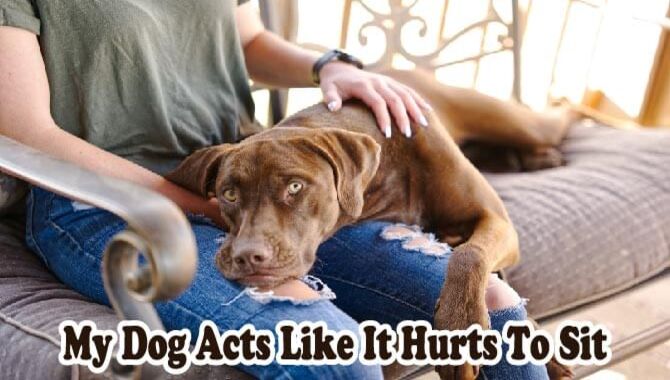
My Dog Acts Like It Hurts To Sit – Reasons Behind It And How To Get Help
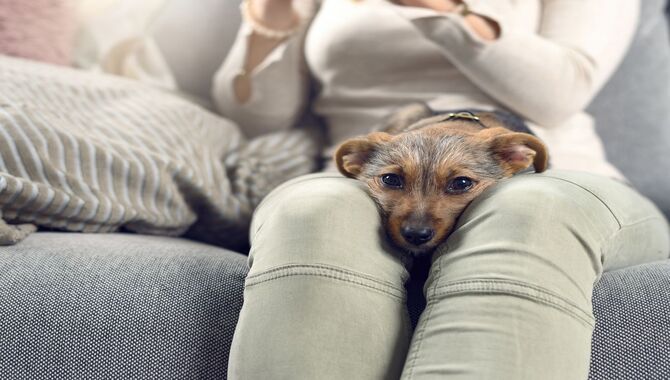
Dogs tend to suffer in silence unless the pain is intense. Understanding that your dog is in pain is the first step to get the help that they need. From being irritated by itching, swollen anal, or simply out of sheer laziness to serious complications such as nerve issues, cancer many reasons can cause your dog discomfort. Before figuring out how to help them, let’s start with what causes a dog to sit abruptly, out of the blue.
Behavior Changes And Pain In Aging Dogs
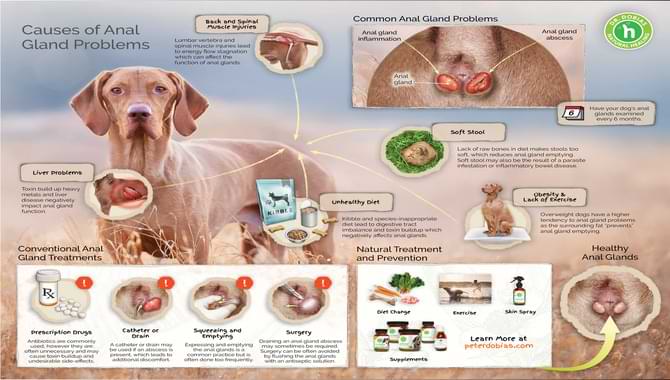
Aging is a natural process that affects every living creature. As dogs age, they experience many of the same changes in their behavior and physical health as humans. Along with these changes come some specific problems that can affect their quality of life, making it essential to recognize when your dog may be aging and how best to care for them.
Many different things can affect a dog’s behavior as they age, and many of these are related to physical health. Inability to see well or hear properly may cause a dog to become anxious or aggressive toward other dogs or animals, fearful of new situations, and over-reactive to strange noises in their environment (i.e., thunder). Some elderly dogs even become depressed. As a dog ages, it will increase the likelihood of developing arthritis, heart disease, or cancer.
Physocial and mental pain can affect the quality of life of an elderly dog. Arthritis and other age-related diseases typically cause pain, as do some behavioral problems such as compulsive disorders.
A dog in pain may be unwilling to move or will resent being handled in specific ways. It’s crucial to recognize these signs when caring for an aging dog so that appropriate treatment can be sought for them and their quality of life improved.
Why Do Dogs Sleep With Their Bum Facing You
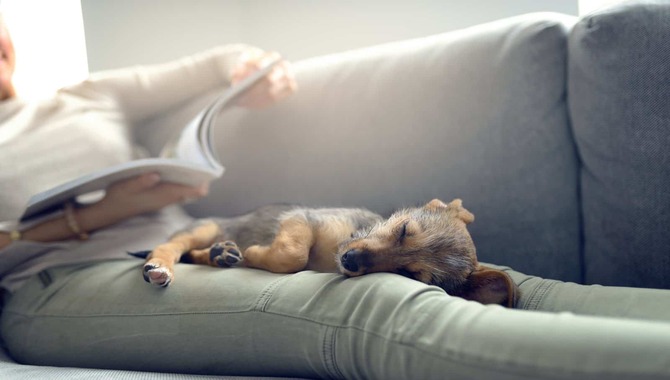
Dogs don’t sleep as often as we do. They might go a day or two without sleeping and then rest for 6 to 8 hours at a time. The average dog sleeps around 20 hours a day, while the average human sleeps about 16 hours per day. There are several reasons why dogs like to sleep with their bum up against you.
One of the reasons is that it gives them a sense of security and comfort in your presence. Dogs do this for a variety of reasons. They do this because it provides a sense of security, helps regulate their temperature, and seals them in warmth. It also can be due to how they feel emotionally or how their mother raised them.
Signs And Symptoms That Your Dog Is In Pain
When you’re walking your dog, and they suddenly stop and refuse to move, it could be a sign of pain. The pain in your pet’s back could mean that their paw or lower back hurts. The problem could be arthritis or joint pain. If your dog starts limping, this could be a sign that their paw hurts. Signs and symptoms:
- Aggressive Behaviors
- Altered Breathing
- Dehydration
- Difficulty Sleeping
- Disorientation
- Drooling From The Mouth
- Eating Less Than Usual
- Lethargy Or Fatigue
- Loss Of Appetite And Weight Loss
- Hiding Out In Favourite Hiding Places And Not Playing Any More.
- Itching/scratching
- Allergies
- Arthritis
Differences In Dogs Sleeping, Drinking, And Eating
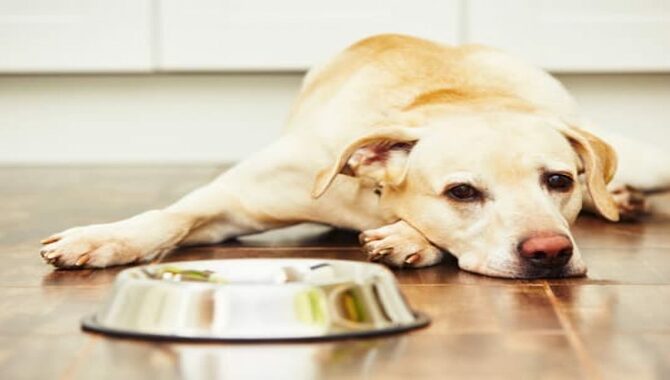
This is a summary of the different ways in which dogs sleep, drink, and eat. The different types of dogs are differentiated as well. When it comes to sleeping, all breeds of dogs have their version of napping. Some prefer to nap in the morning or evening when they get home from work or school, while others nap during the day but can wake up several times a night.
There are many different kinds of napping that dogs engage in. Some of the naps, like sleeping in the car, pose a hazard to their health, while others, like sleeping at night, can be hazardous to their health as well.
Dogs tend to drink and eat whatever they find appealing when it comes to drinking and eating. Sometimes, they prefer one type of drink or food over another, but there are only a few specific drinks or foods that people choose for their dogs.
Get Tips From Cesar & The Pack
When we misbehave, our owner, Cesar Millan, has a tried-and-true system for correcting our behavior. He gives us what he calls a ‘reverse hug.’ He stoops down to place one arm around the neck and the other around the rib cage as he whispers into our ears. It’s enough to calm any dog.
Cesar always has a good reason for everything he does. And the results speak for themselves. His approach to dog training is the subject of a national television show, The Dog Whisperer, on the National Geographic Channel. I guess they figured they needed some love, too, by hosting some of their Season 2 episodes online.
Reasons Behind Sitting Like It Hurt – And The Solutions!

Reason 1- Flea And Worm Infestation
If your dog has not been dewormed recently, you might want to have it checked. Dogs can easily get infected by worms and fleas from the atmosphere, regardless of being home or outdoors. And they can easily be transmitted from other animals that come in contact with our dog, especially from dead or rotten animals.
This type of infestation can cause itchiness, and dogs keep licking and scratching their furs to get relief. In attempts to scratch easily, these fur babies keep sitting down. You can spot worms around the anus area of your dog, so if you are up for this challenge, do go for a better look!
Solution
Cost: $50
Time needed: 3-4 Months
Fleas and worms are blood-sucking parasites that do not easily leave the body of your pet. It takes time for products to kill fleas.
Tools and materials needed:
- Flea comb
- Flea shampoo
- Flea pills
- Collars
As this is a common issue for dogs, there are various remedies for this problem. Using a flea comb to brush it through your dog’s coat. Use a fine-tooth comb, especially around the back and head area where fleas love to gather around. If you catch fleas in the comb, plunge it into warm, soapy water to kill it quickly.
While giving your dog a bath, use warm water and vet-recommended flea shampoo. Do not use flea shampoo without consulting a vet. If your dog has sensitive skin, this will irritate it further. They can also cause an allergic reaction to your dog if you do not use proper flea shampoo.
Giving your dog a weekly flea dip or monthly flea pills along with tick collars will ensure long-lasting protection against flea and ticks infestations.
Reason 2 – Objects Stuck In The Fur Around The Bottom Area
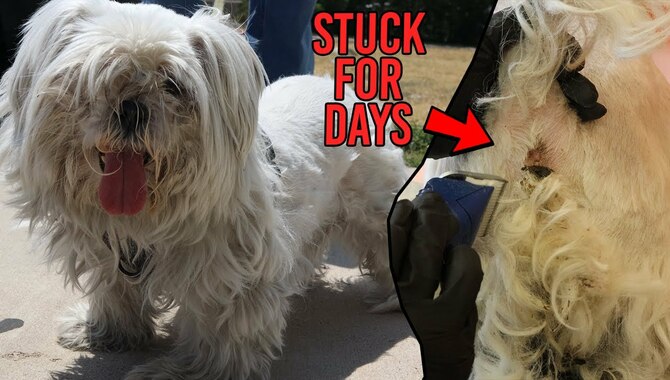
Dogs get uncomfortable if something gets stuck to their coat. If they discover a stick or sharp objects around their fur area, they will franticly try to remove it. They will sit down often due to irritations.
If your dog has just returned home after a brand-new haircut, there’s a possibility that some of that freshly cut hair around the butt area is causing discomfort to your dog. It can even get scratches and cut from the haircut. Make sure to look for any injuries or cuts.
Solution
Cost: $10
The time needed: 2-3 days
Soothing solutions basically give temporary relief to the discomfort. They work instantly within 2-3days.
Soothing Gel Or Cream
After having a good look, if you find any kind of tiny object or debris stuck in there, remove it carefully. These are sensitive areas, so try to be as gentle as possible. If the area looks red and itchy, then get a vet-recommended dog-approved soothing gel or cream.
Do not buy anything without recommendation, and never use human products on your dog, especially when they are in pain. If you see some minor injuries such as tiny cuts and scratches, talk to an expert before treating the wound or consult a vet.
Reason 3 – Anal Sac Disease
Unlike the previous reasons, this one is serious and requires medical attention. It is a very common disease among dogs. Anal Sac Disease is when anal glands get swollen. It is a painful situation for dogs. Their abscess will appear painful, red, and swollen.
When the abscess bursts, it will release yellowish, bloody pus. If it is not treated, it can cause the infection to spread quickly and make severe damages. The first sign that your dog will show is dragging its rear along the ground.
They might often lick or bite the base of their tail. This is a harrowing disease, and dogs tend to react very aggressively if you touch their tailor anus. You may notice bloody discharge around their rectum.
Solution
Cost: $900
The time needed: 7-10 days
It takes several days for your dog to get better after treatment.
Tools And Materials Needed:
- Gloves
- Antibiotics
- Pain relief medications
- Nutritious food
You can actually express your dog’s anal glands yourself! But do not do it with your bare hands or tissue. Use disposable, clean gloves. Manual expression of your dog’s anal glands will save you money, but it is also risky to do it yourself.
If you express the gland too much, you might cause inflammation and create scar tissue, which will make the situation worse. It is always better to leave it to the professionals. Vets will provide necessary antibiotics, pain relief medications to your dog. But in severe cases, surgery might be needed.
Since it is a widespread occurrence for dogs, it is better to take prevention steps. Maintaining a healthy diet for your dog, giving them well-balanced food, walking them regularly will be incredibly beneficial for your dog in the long run.
Reason 4- Dull, Unwillingness To Regular Activities
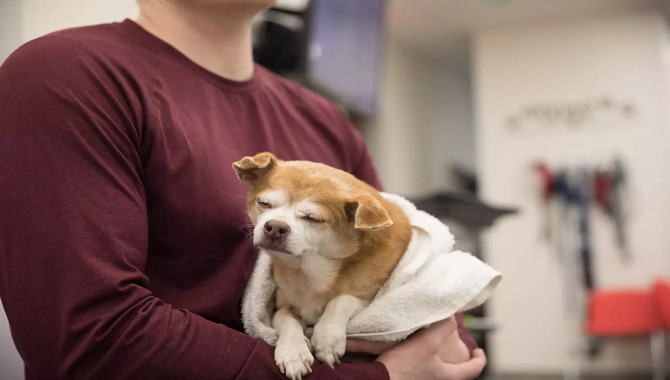
If your happy-go-lucky dog suddenly acts uninterested and tired and sits down quite frequently, there might be various reasons behind it. If your dog sits down in the middle of the walk, this may be because of an overweight issue or irregular exercise. Overeating especially unhealthy food, can cause your dog to be tired more often.
Dogs that have severe health issues such as heart disease or neurological problems can make them unable to stand for an extended period of time. They will get tired quickly and, as a result, sit down frequently. In hot weather, dogs get dehydrated easily, and this causes them to halt their walk.
If your dog sits down suddenly, it might be because it is injured. Especially if it is an internal injury, your dog will sit down abruptly. This requires immediate medical attention. And lastly, it can be that your fur baby is simply distracted. Dogs often get distracted by nearby animals, birds even by the wind! And they are probably sitting in a weird position to have a better look at what distracted them.
Solution
Cost: $60
Healthy-nutritious Diet
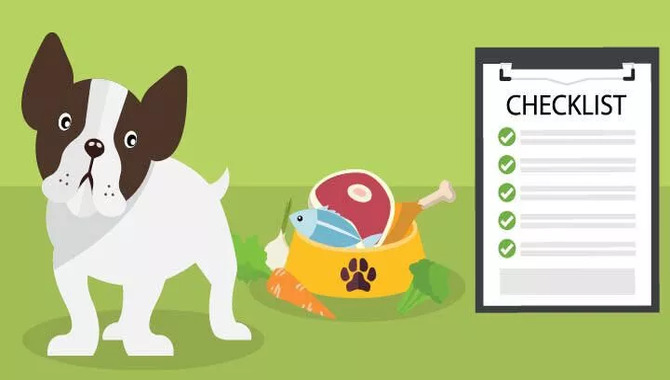
Your dog can get hurt for a lot of reasons. If they get hurt in their rear ends, they are going to change their sitting position to find a comfortable space. If your dog is injured or sick, the best option is to take it to the vet. But if it’s minor issues like dehydration, irregular exercise, then you can fix it in your own house. But what is better than curing is preventing it.
Giving your dog a well-balanced diet is the main way of preventing most diseases. This will also keep your dog healthy. Another important thing for your dog is to have regular walks. Dogs are not made for staying indoors. If they do not do adequate exercise, it hampers their health.
Apart from a nutritious diet and exercise, it is crucial to check regularly if your dog is injured somewhere. It is necessary for dogs to get dewormed and checked for flees every once in a while. Overall, dogs can not express their discomfort. It is the owner’s responsibility to look after their needs.
How Do I Know If My Dog’s Stomach Hurts?
Dogs’ stomachs will occasionally cause them to act differently. Sometimes their pain may be visible in their posture, but much of the time, it’s not. You can ask your vet for advice or visit a vet clinic to get an x-ray done. (Veterinary clinics and hospitals are equipped with the machines necessary to diagnose these issues. They’ll usually also be able to refer you to a specialty vet for further advice or treatment.)
Sometimes, your dog’s stomach pain is not from an issue in the abdominal area. It could be caused by problems elsewhere in the digestive system, causing or exacerbating pain. For example, gastric torsion—where food gets lodged in the esophagus and causes excessive vomiting—can cause severe pain, prompting unnecessary medical
Final Words
Dogs are the most loyal friend of humans. They stick by their human in every situation. But when dogs get hurt, they cannot express their pain to us. They suffer alone in silence. Noticing your dog’s pain is the most crucial step to finding out what is wrong and how you can help them.
Knowing what causes your dog pain is the best way to deal with the situation. This way, your dog can stay healthy and fit. Now that you understand why dogs get hurt and how you can avoid them, your furry friend can keep chasing butterflies and eating delicious treats. I hope now you know what to do when my dog acts like it hurts to sit.
FAQs
[rank_math_rich_snippet id=”s-19a4a6f0-ad90-4095-8eb5-d8e1585b933c”]